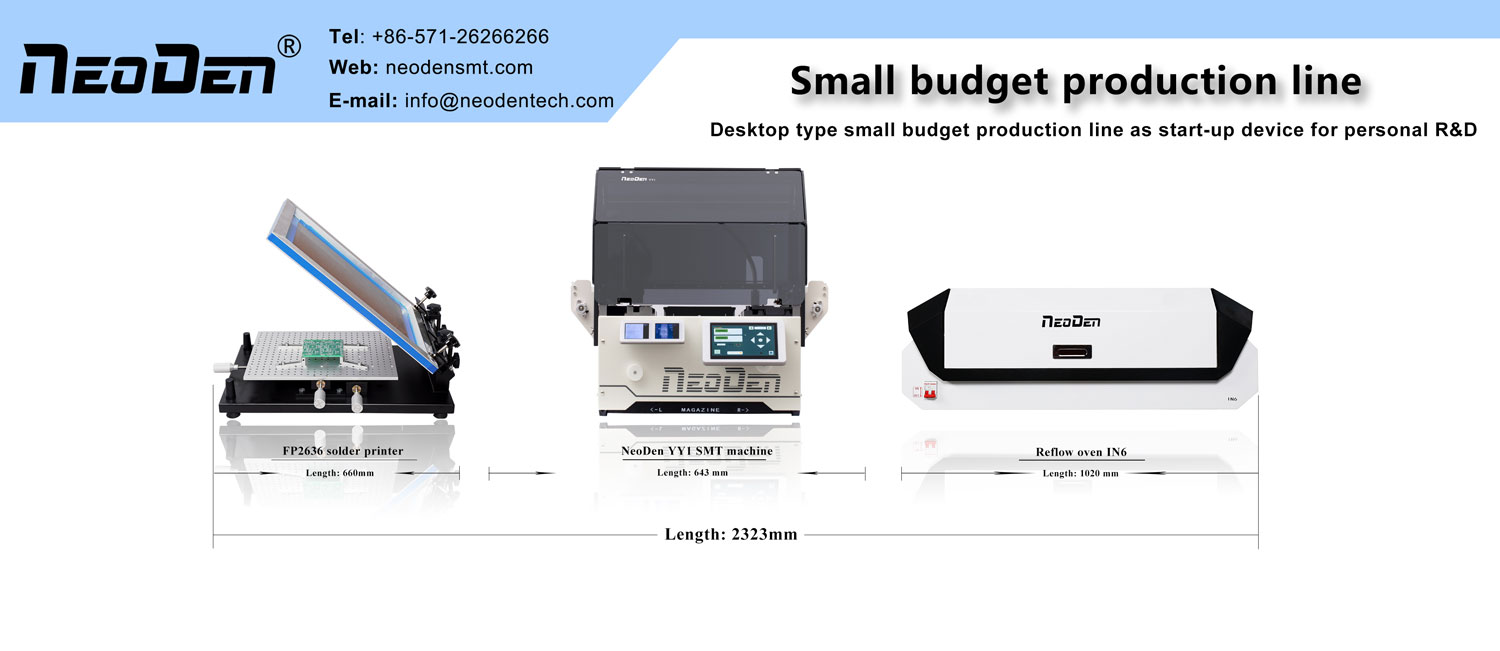There is a lot of experience and knowledge about hardware circuits on the Internet that is overwhelming. Like signal integrity, EMI, PS design will confuse you. Don’t be in a hurry, take your time with everything.
This article is dedicated to those who are just starting or about to start designing hardware circuits, so that you can take the road less “detours” in the “hardware circuit design”.
1. General ideas
Designing hardware circuits, the big framework and architecture to figure out, but to do this is not really easy. Some of the big framework may be their bosses, teachers have already thought, they are only the specific implementation of the idea; but also some to design their own framework, it is necessary to figure out what functions to achieve, and then find whether there can achieve the same or similar functions of the reference board (to know how to use the results of others as much as possible, the more experienced engineers will know how to learn from the results of others).
2. Understand the circuit
If you find the reference design, then congratulations, you can save a lot of time (including pre-design and post-debugging). Immediately copy? NO, or read and understand first, on the one hand, can improve our understanding of the circuit, and can avoid errors in the design.
3. Did not find the reference design?
First determine the big IC chip, find datasheet, see whether its key parameters meet their own requirements, which is the key parameters they need, and whether they can read these key parameters, are the embodiment of the ability of the hardware engineer, which also needs to be accumulated slowly over time. During this period, be good at asking questions, because what you do not understand, others can often be a word to wake you up, especially in hardware design.
4. The three main design parts of the hardware circuit
Schematic, PCB, bill of materials (BOM) table.
Schematic design is to translate the previous ideas into a circuit schematic. It is very much like our textbook circuit diagram. PCB involves the actual circuit board, which is based on the schematic diagram into a netlist (netlist is a bridge between the schematic diagram and PCB), and the specific components of the package placed (layout) on the board, and then according to the flying wires (also called pre-pulled wires) to connect its electrical signals (wiring). After the completion of the PCB layout wiring, which components to be used should be summarized, so we will use the BOM table.
5. What tool to use?
Prote, also known as altimuml easy to get started, also more popular in China, to cope with the general work has been enough for the beginning of the designer to use.
In fact, no matter with simple protel or complex cadence tools, hardware design is the same (protel operation similar to windwos, is post-command type; and cadence products concept & allegro is pre-command type, used to protel, suddenly switch to cadence tools, the use of protel, and the use of cadence tools, the use of the protel, the use of cadence tools, the use of cadence, the use of cadence tools, the use of cadence tools, the use of cadence tools, the use of cadence tools. Suddenly switch to cadence tools, will not be used to this reason).
Post time: Mar-14-2023

